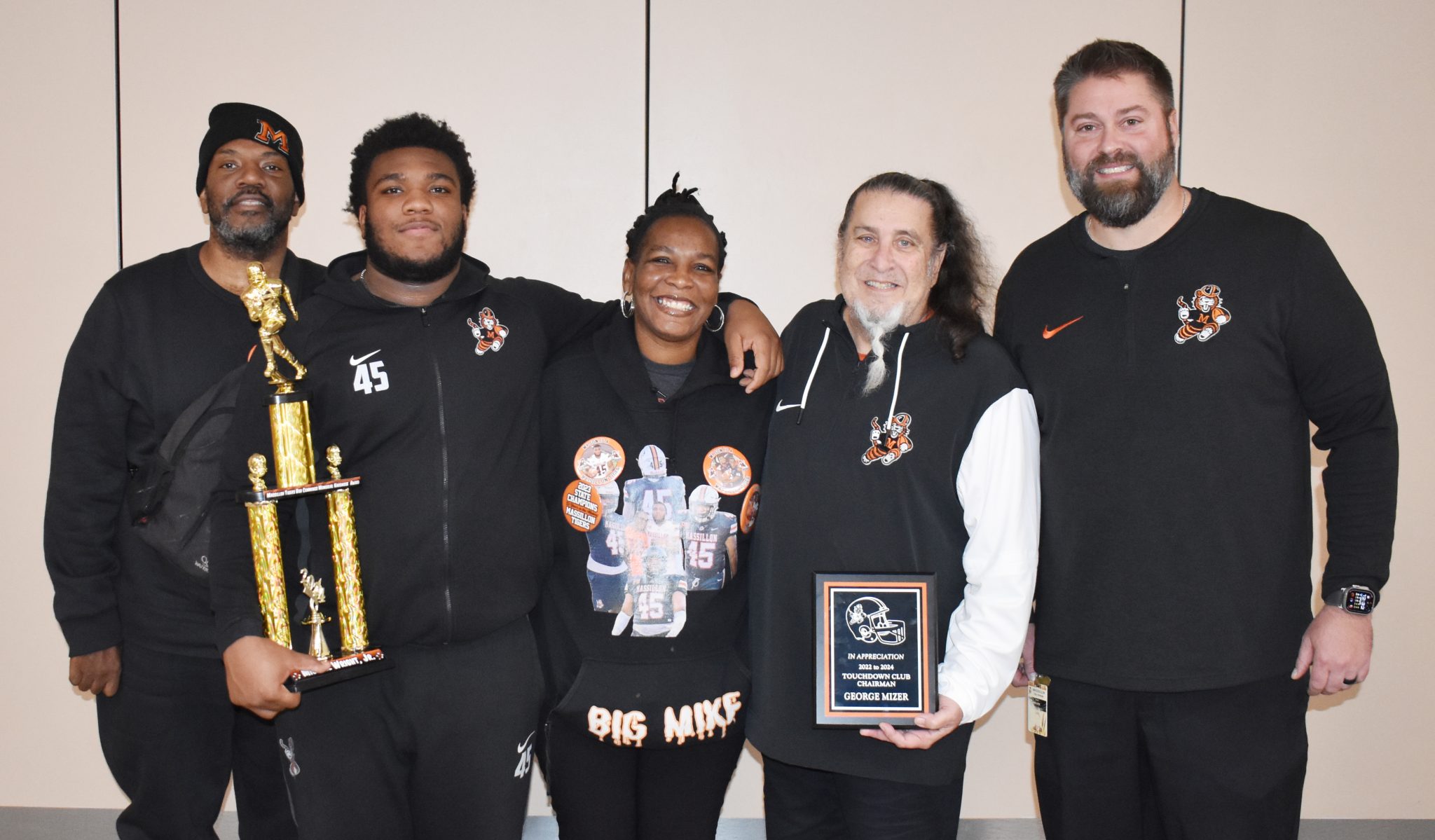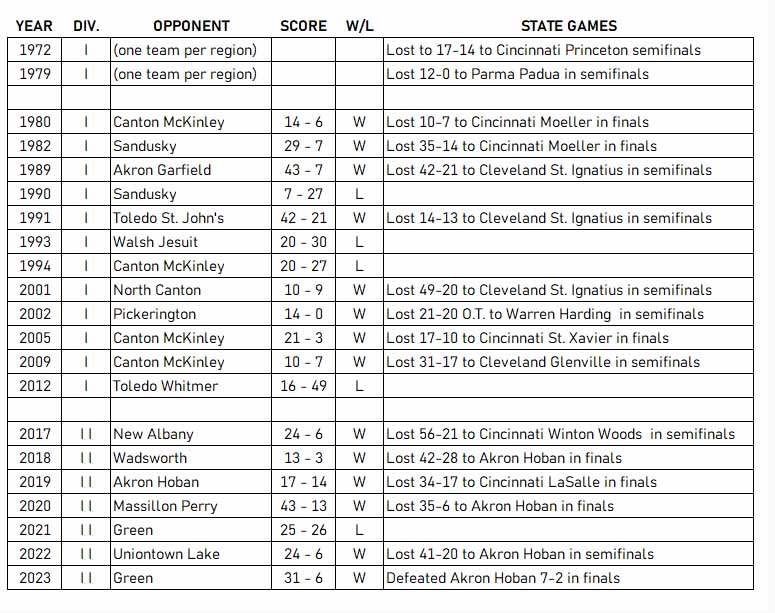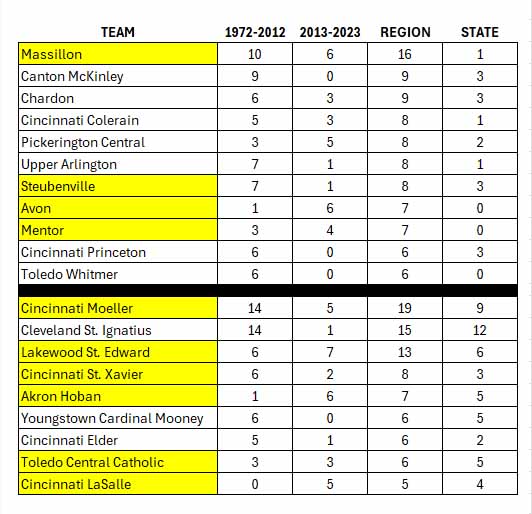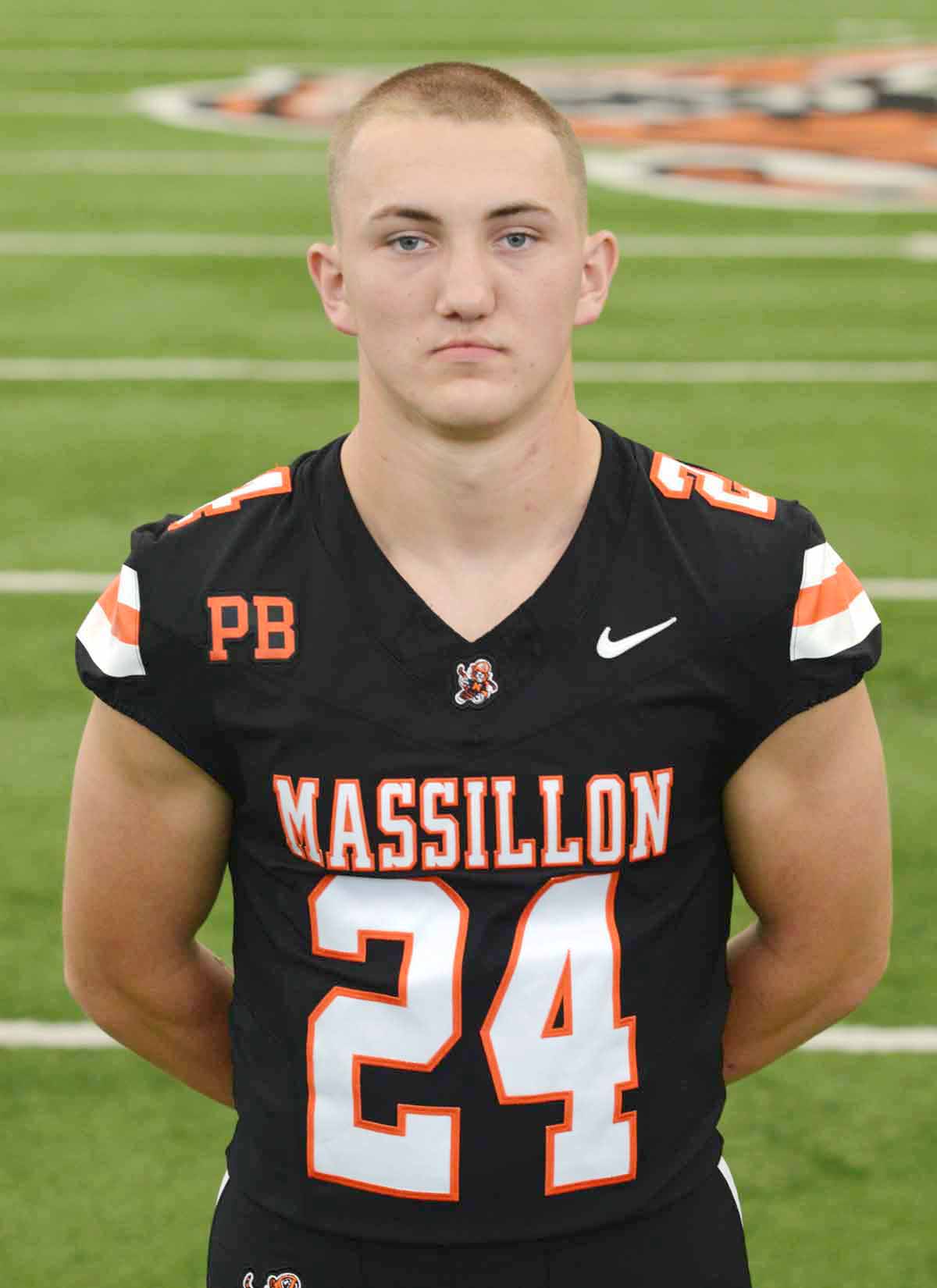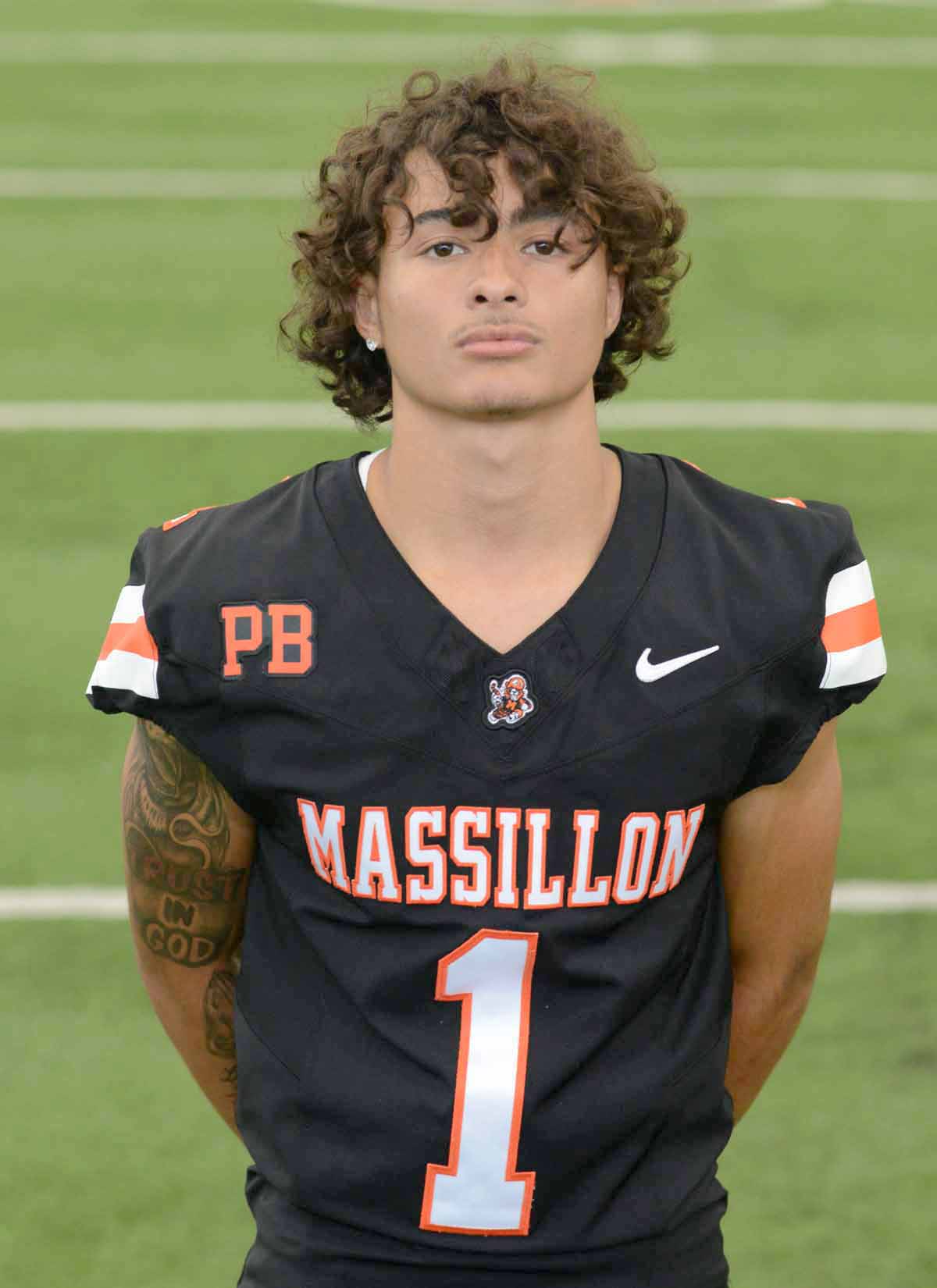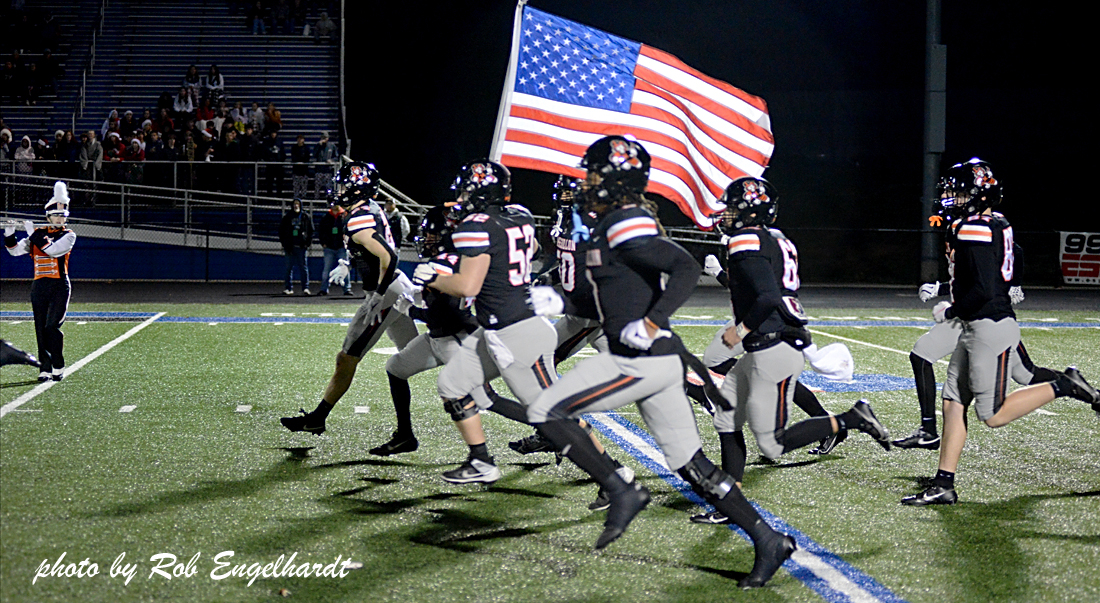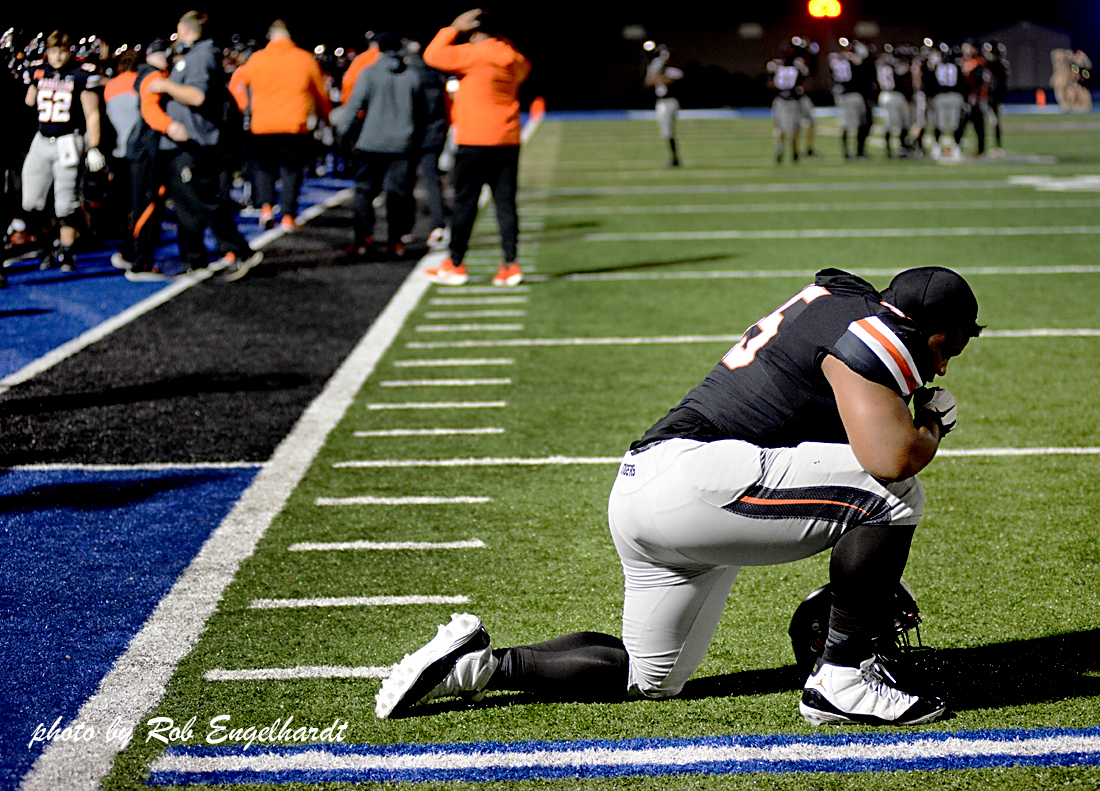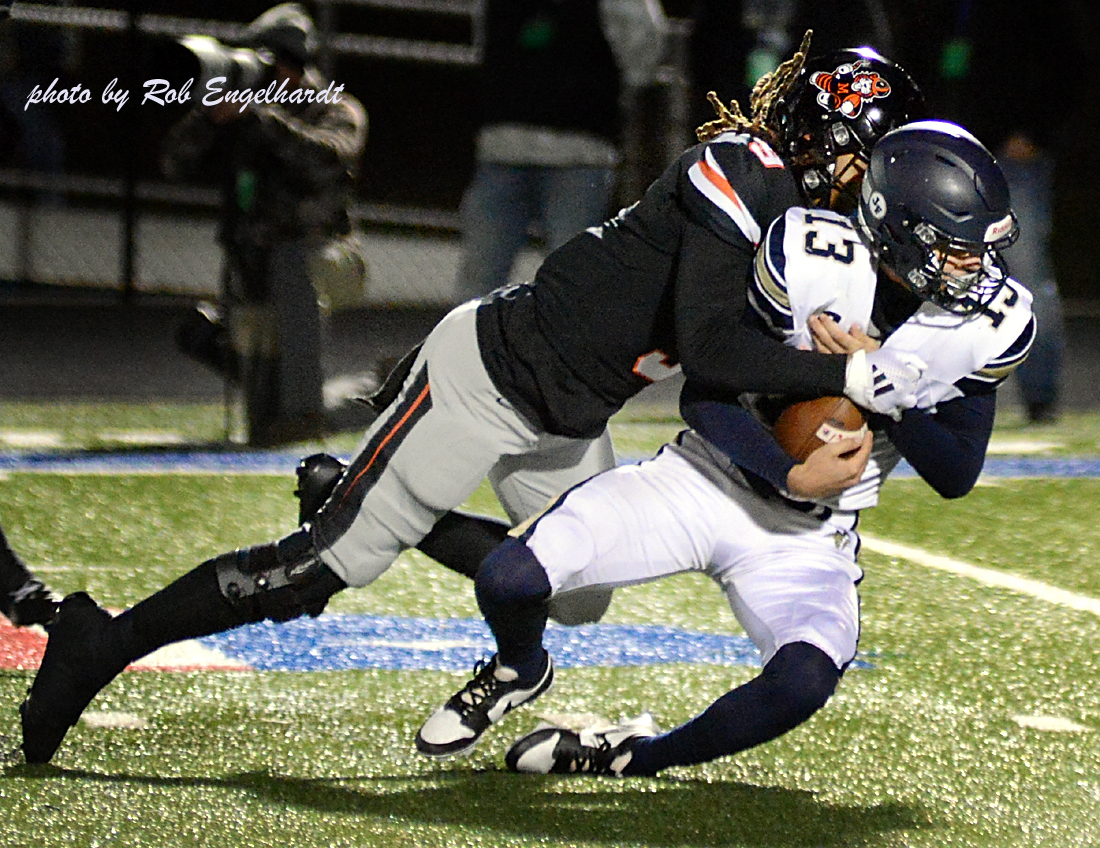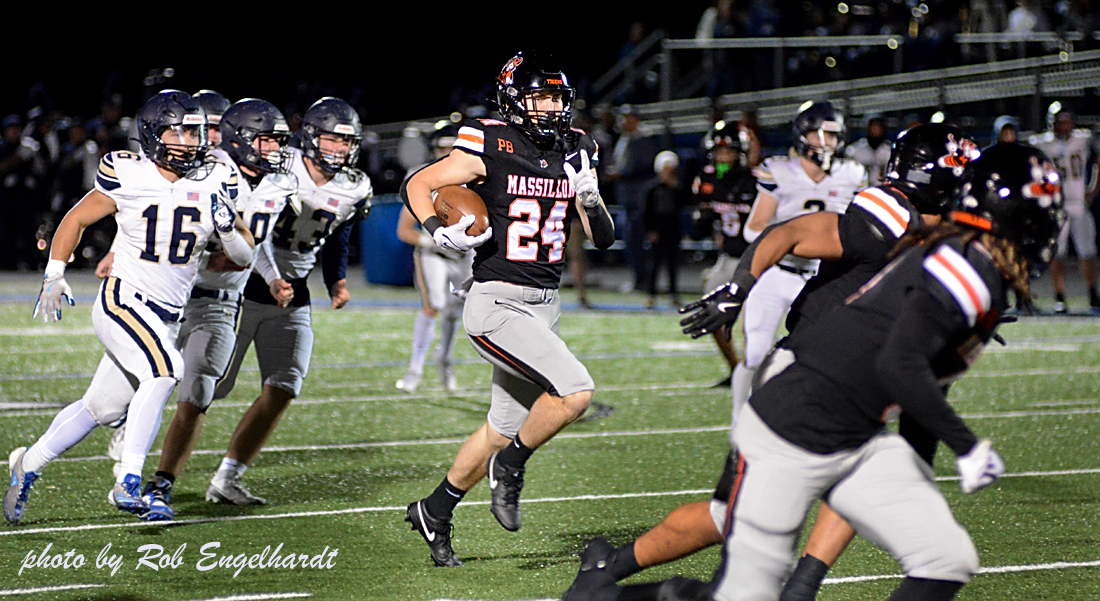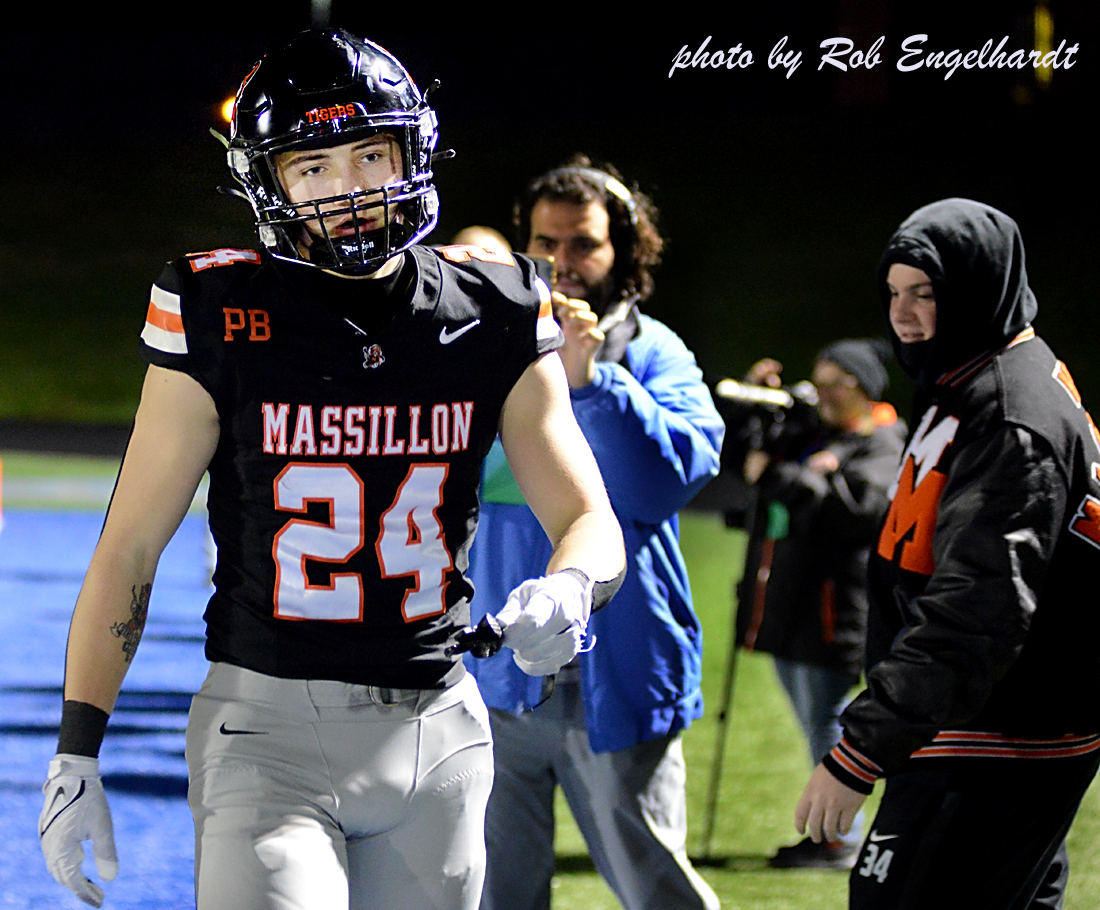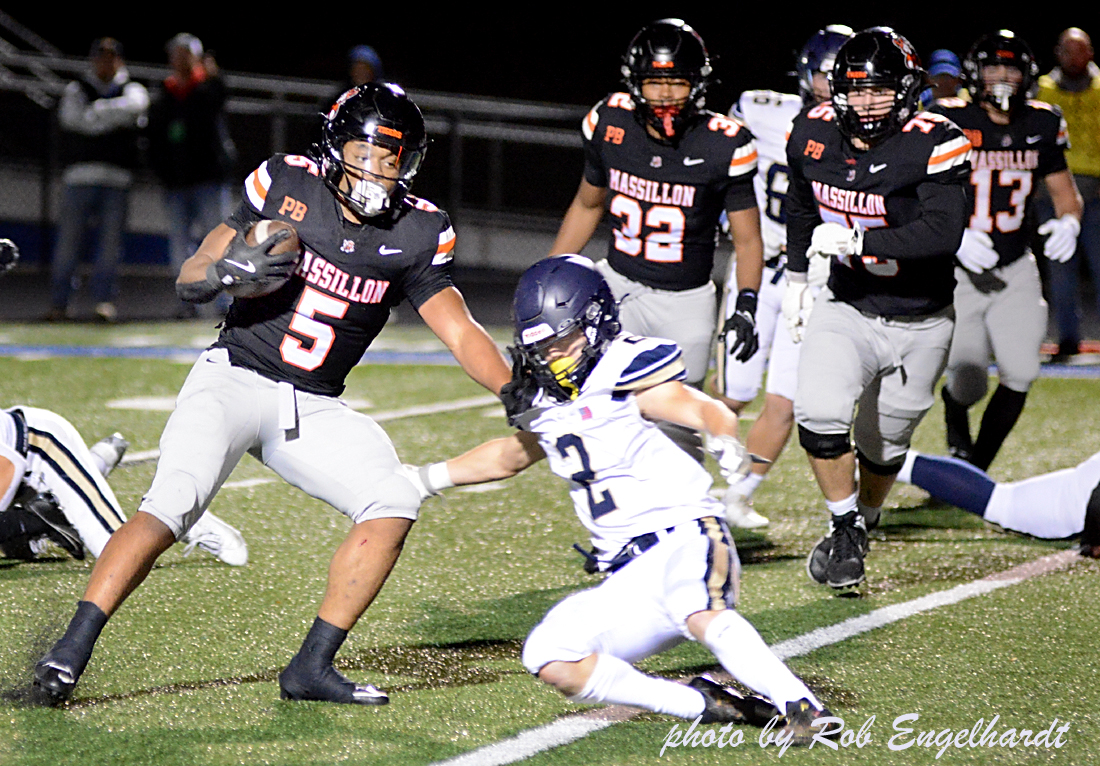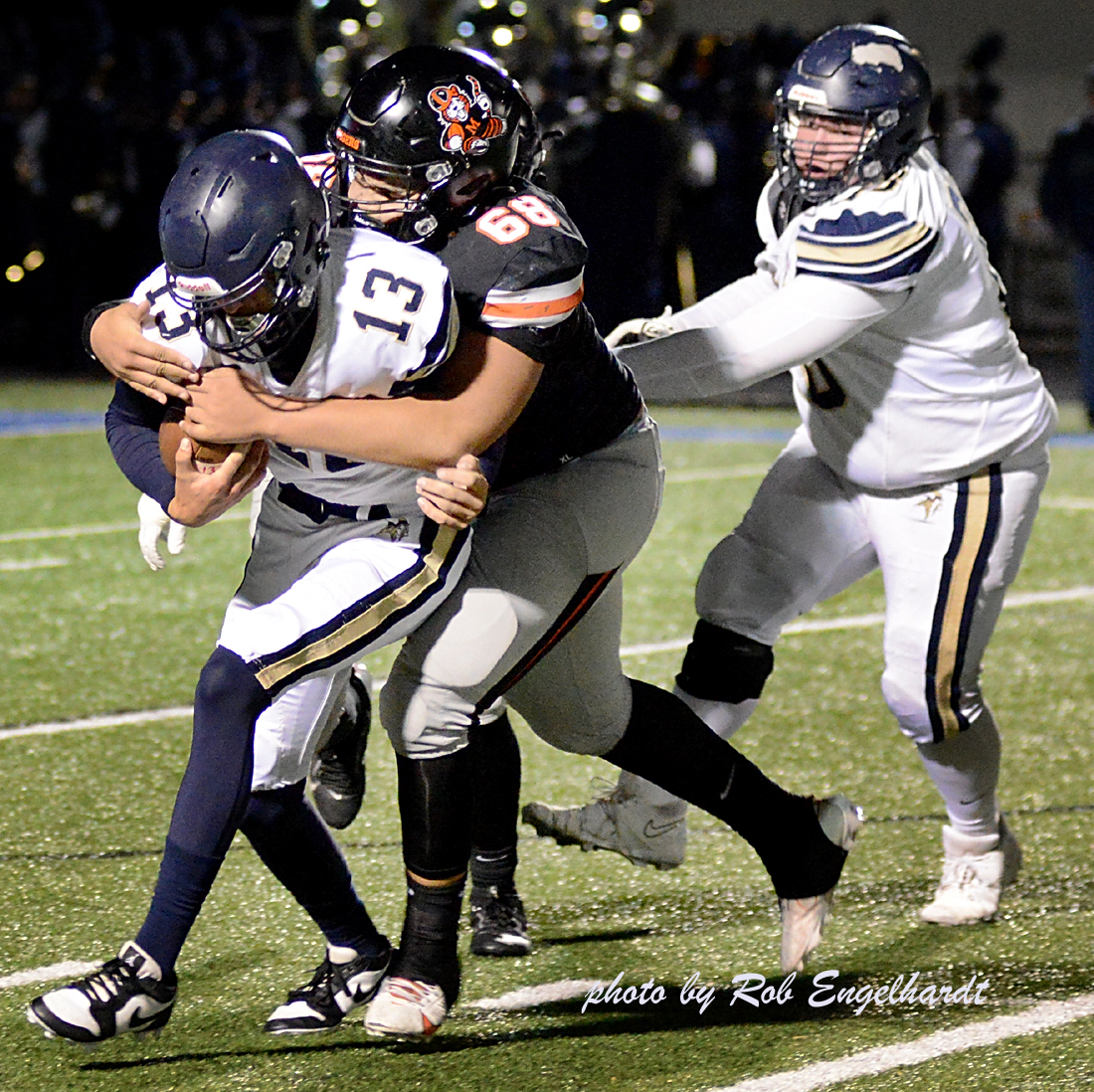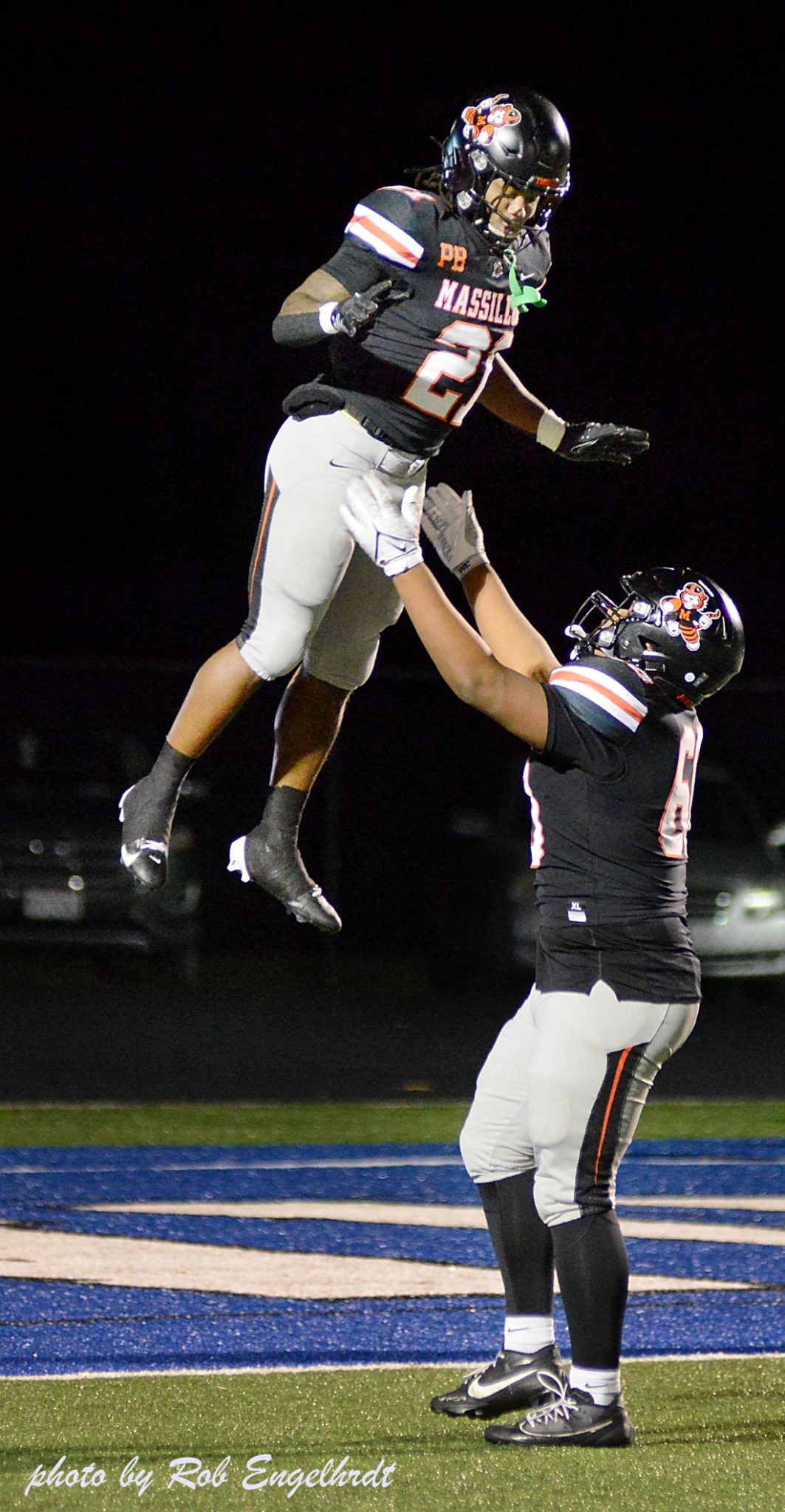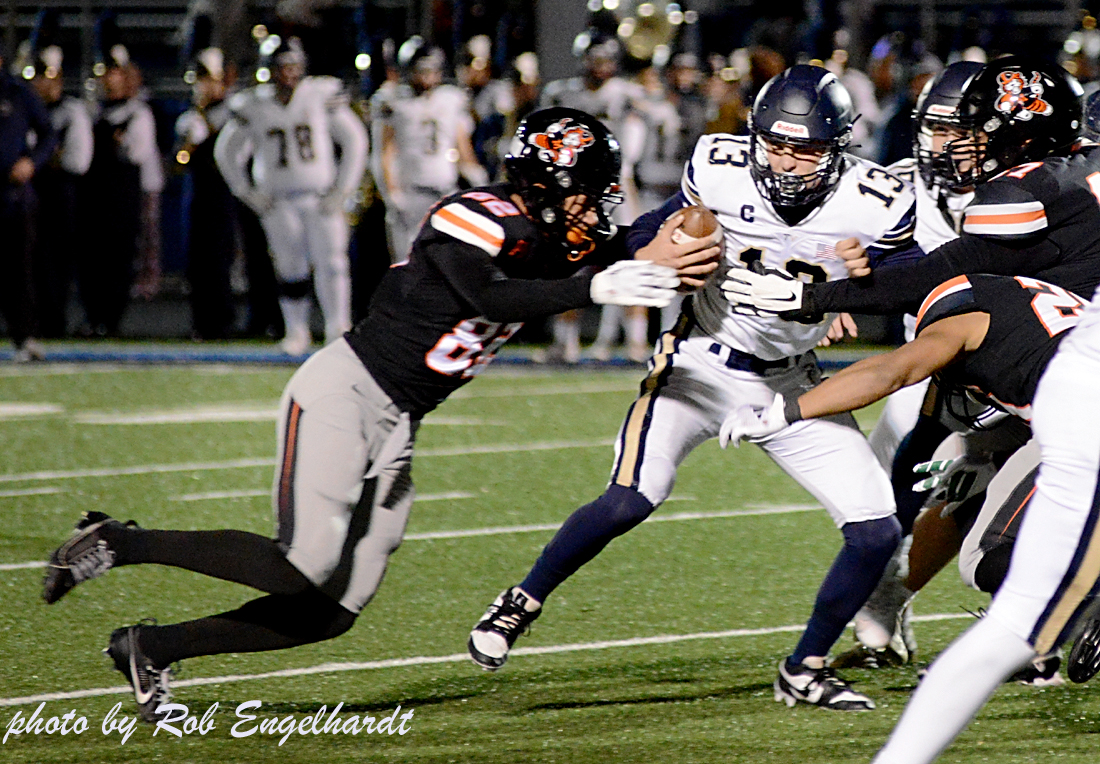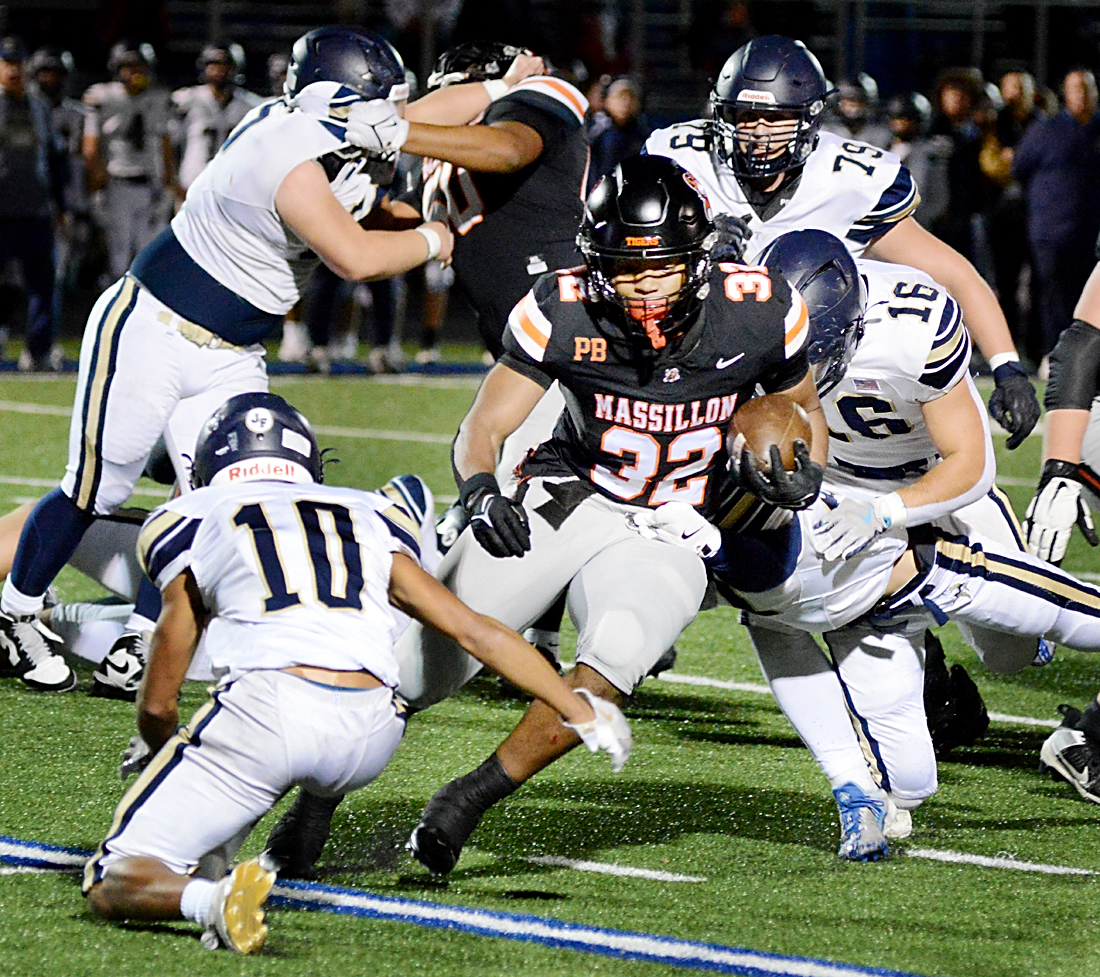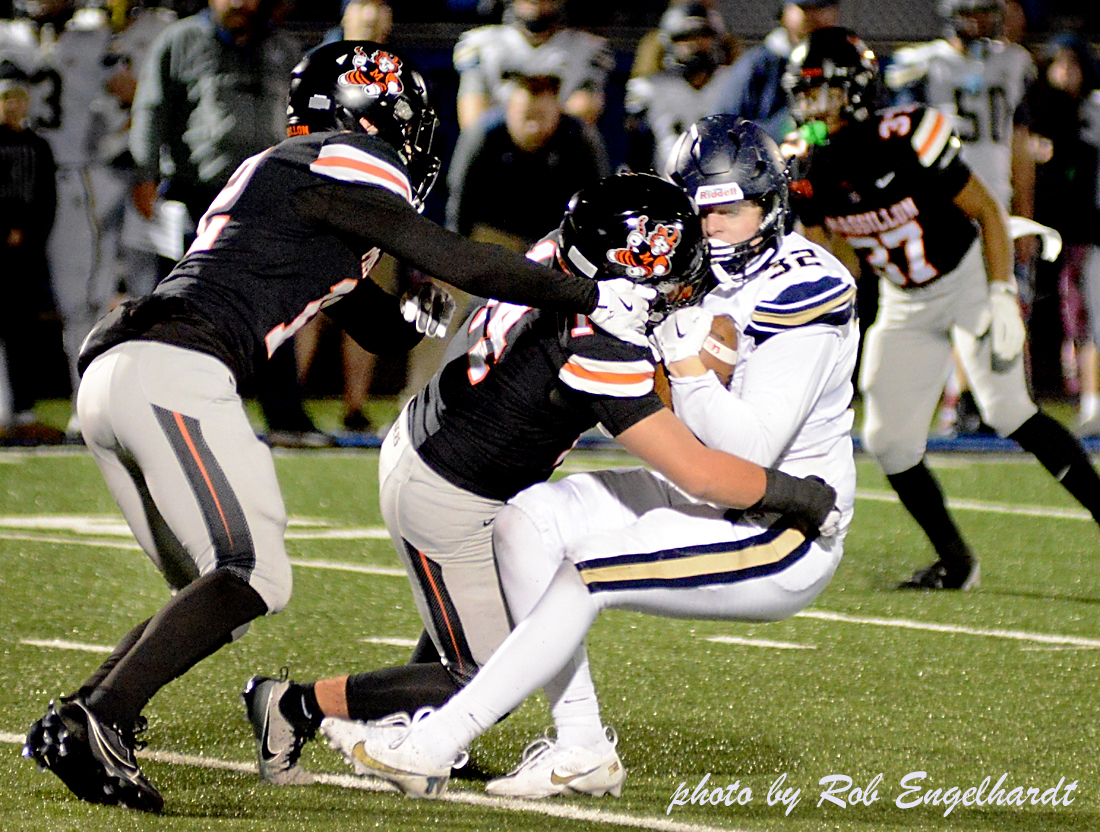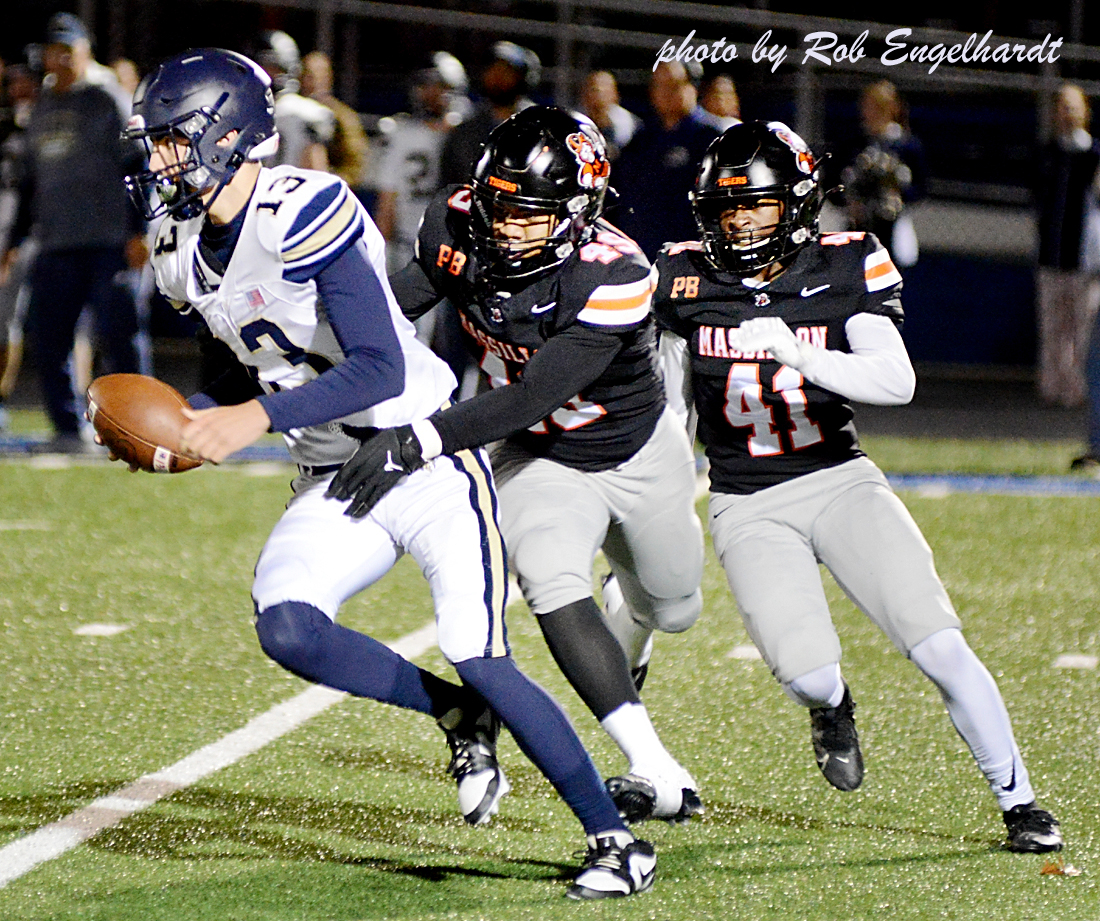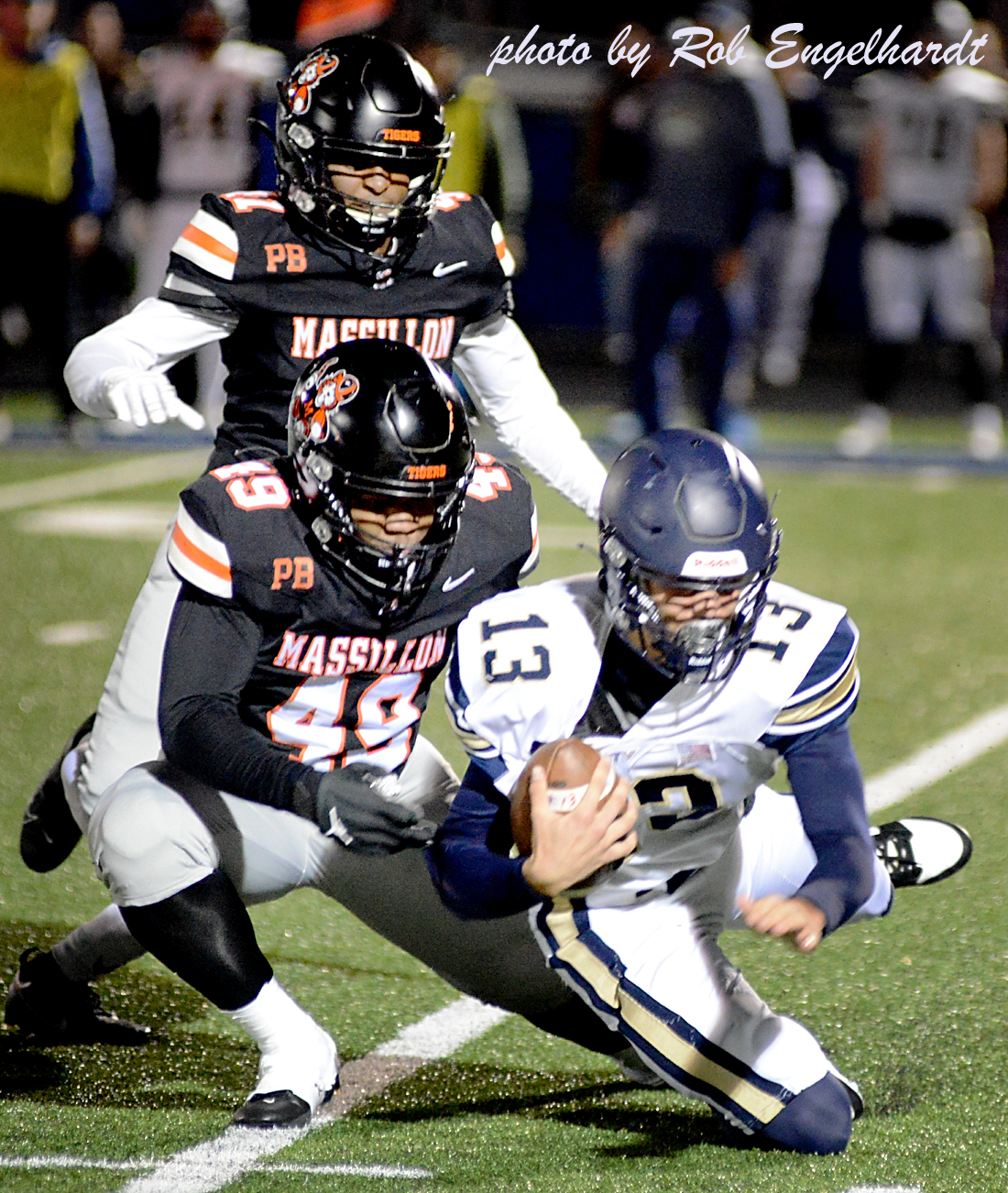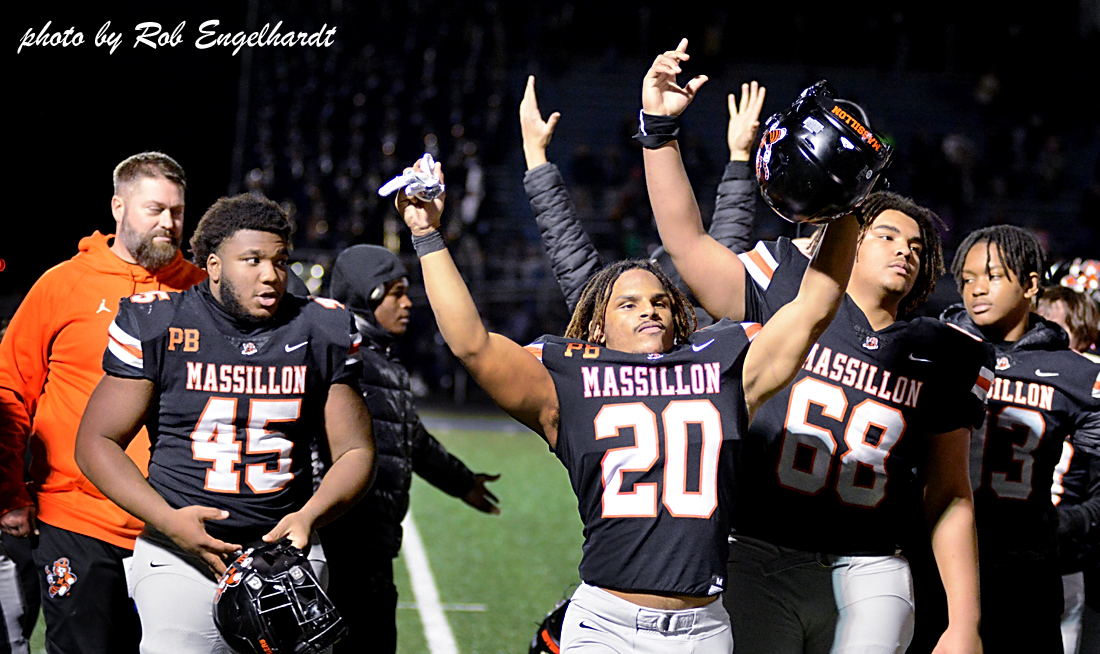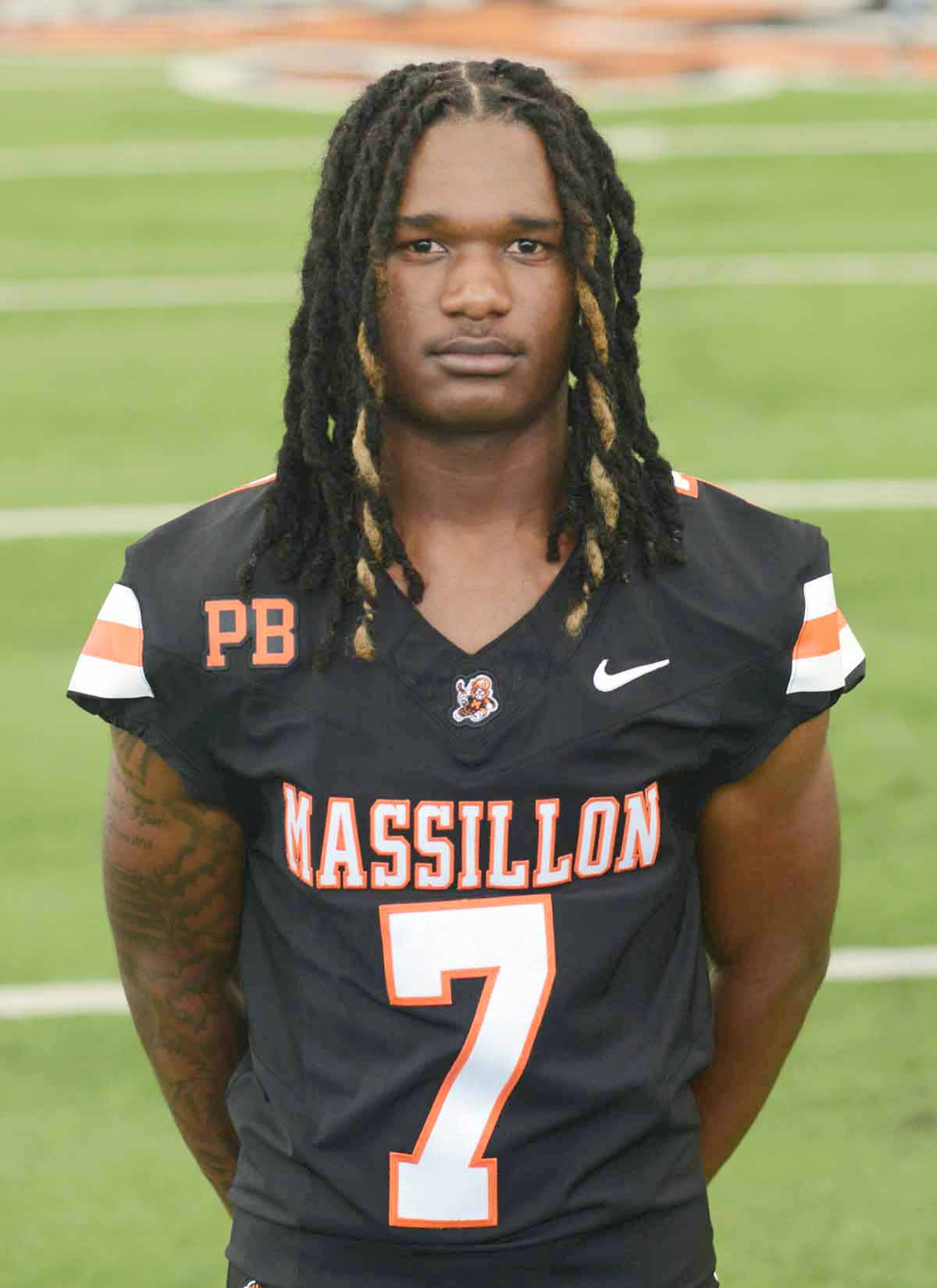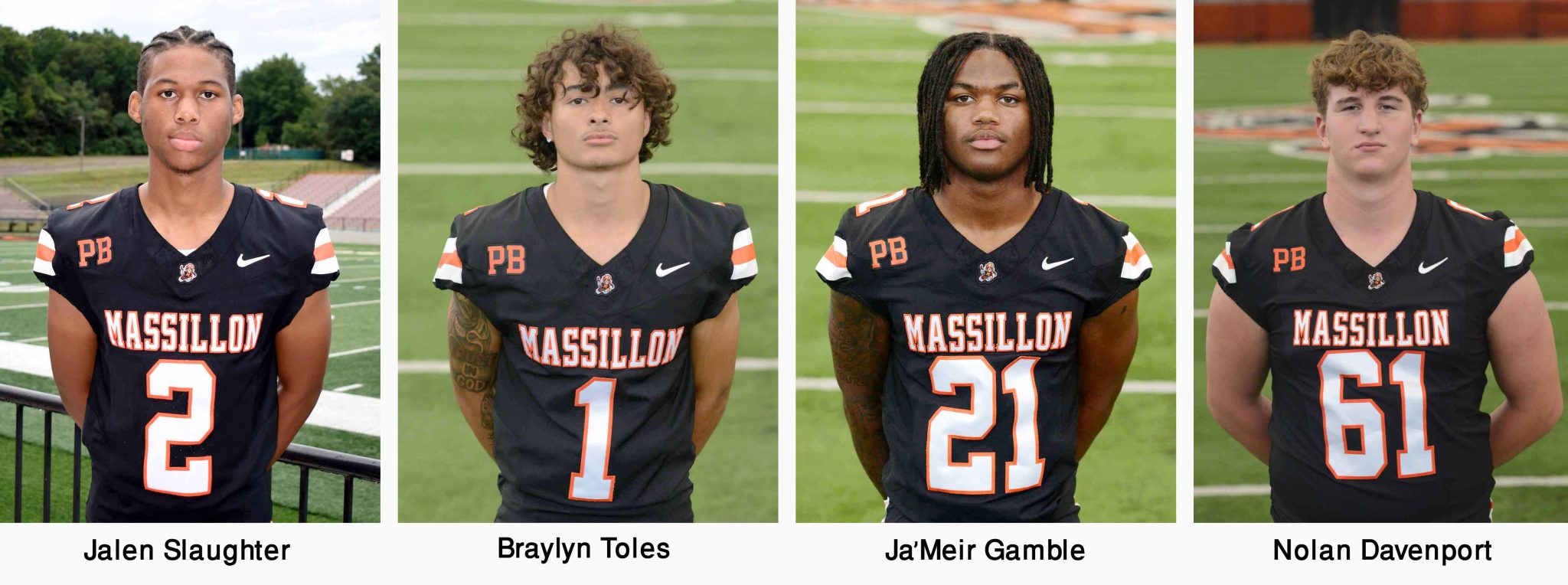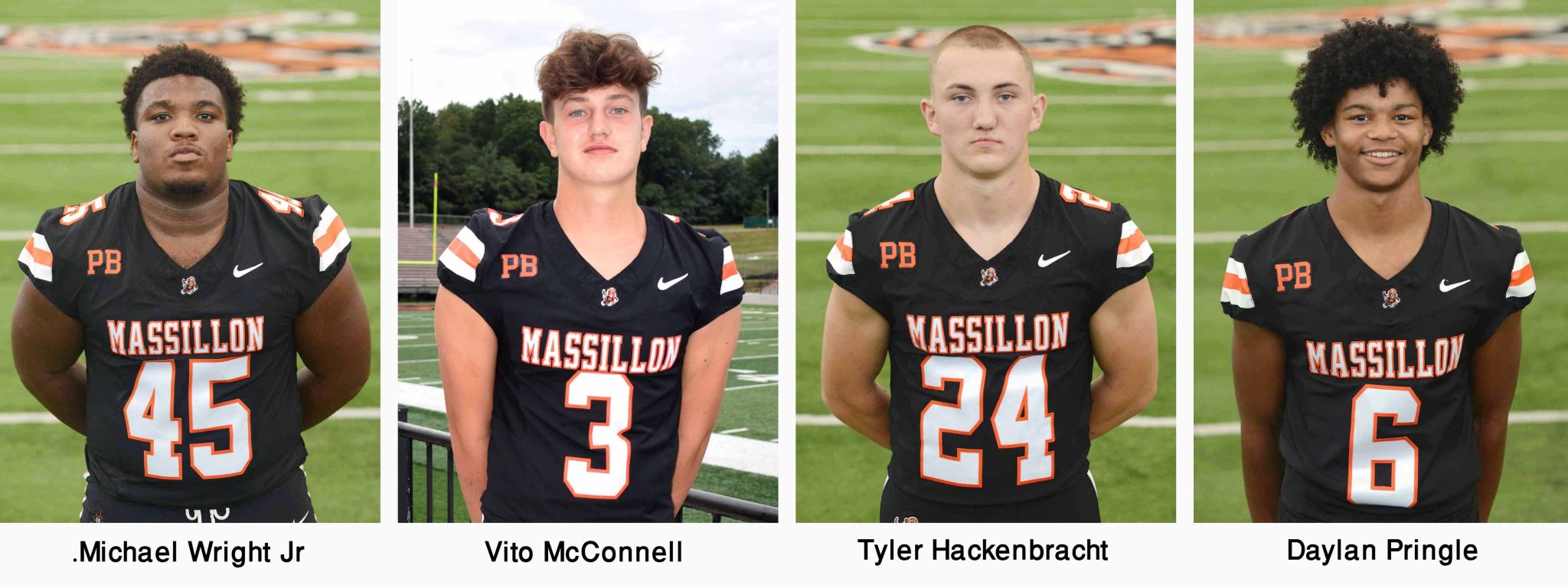
Massillon’s Record-Setting Quarterbacks
Massillon’s Record-Setting Quarterbacks
The MassillonTigers.com website maintains all of Massillon’s football records, which can be found at this link. Below are the record setters for the passing category.
Justin Zwick (2000-01): 9 records
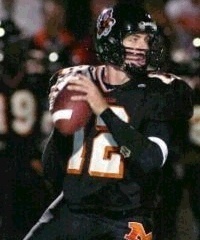
Justin Zwick Single game yards – In a 48-27 victory over Dayton Chaminade during the 2001 season, Zwick completed 24 of 39 pass for 407 yards and four touchdowns. On the receiving end were Devin Jordan (206 yards) and Joe Jovingo (137 yards).
- Single game attempts – Massillon fell behind early against Cleveland St. Ignatius in a 2000 battle and Zwick was forced to the air. He ended up completing 27 of 60 passes for 360 yards and three TDs in the 21-36 loss. Montale Watkins, who caught seven passes, was his favorite target.
- Single game completions (tie) – The game plan was passing in a 51-26 victory over Akron Garfield in 2000. Zwick completed 29 of 43 passes for 375 yards and two touchdowns. Ten completions went to Jeremiah Drobney, for 137 yards.
- Single game touchdowns – Fremont Ross was outmatched in a 2001 game, losing to the Tigers, 58-6. Zwick completed 22 of 37 passes for 238 yards and six touchdowns. Two scores each went to Devin Jordan and Robert Oliver, with Marquis Williams and David Hill each having a TD catch.
- Single season completions, attempts, yards and touchdowns – In Zwick’s 2001 senior season he completed 246 of 426 passes for 3,281 yards and 40 touchdowns. He also helped his team to a 12-2 record, while advancing in the playoffs to the state semifinals. Zwick’s favorite target was Devon Jordan, who caught 98 passes for 1,492 yards and 18 touchdowns.
- Career average yards per game – For his 2-year career, Zwick passed for an average of 229.4 yards per game. During that time, Massillon compiled a 20-5 record.
Aiden Longwell (2016-19): 6 records

- Longest completion – The record was set in 2019 against Monroe Gateway, PA. The Tigers were up 10-0 midway through the second quarter and they were faced with a second down and nine at their own five yard line. That’s when Longwell went back to pass and threw long to the speedy Jayden Ballard, who caught the ball in stride and outraced the Gateway secondary to the end zone for the 95-yard touchdown. Massillon went on to win the game, 48-12.
- Career completions, attempts, yards, touchdowns and completion percentage (tie) – For his 4-year career, Longwell completed 484 of 795 passes for 7,705 yards and 84 touchdowns. He also completed 60.9% of his passes. His favorite targets during that time were Jayden Ballard (109 receptions), Austin Kutscher (93 receptions) and Andrew Wilson-Lamp (63 receptions). As a starter, Longwell’s teams compiled a record of 25-7.
Kyle Kempt (2010-12): 4 records
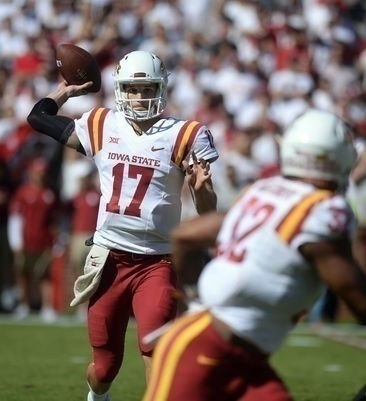
Photo by Mark D. Smith, USA TODAY Sports Single game completions (tie) – In a 2012 game against Canton GlenOak, the Tigers trailed throughout, forcing Kempt to throw 41 passes. A record total of 29 were completed for 327 yards and a touchdown, but not enough to pull out the win. The final score was 26-24.
- Single season average yards per game and completion percentage – During his 2012 senior year Kempt completed 194 of 292 passes for 3,056 yards and 32 touchdowns. That translated into 235.1 yards per game and a 66.4 completion percentage. Kempt led his team to an 11-2 record and advanced to the playoff regional finals.
- Career completion percentage (tie) – For his 3-year career, Kempt completed 399 of 665 passes for 6,034 yards 62 touchdowns, with a completion percentage of 60.9. The Tigers during that span, when Kempt was the starter, compiled a record of 25-7.
Jalen Slaughter (2021-24): 3 records
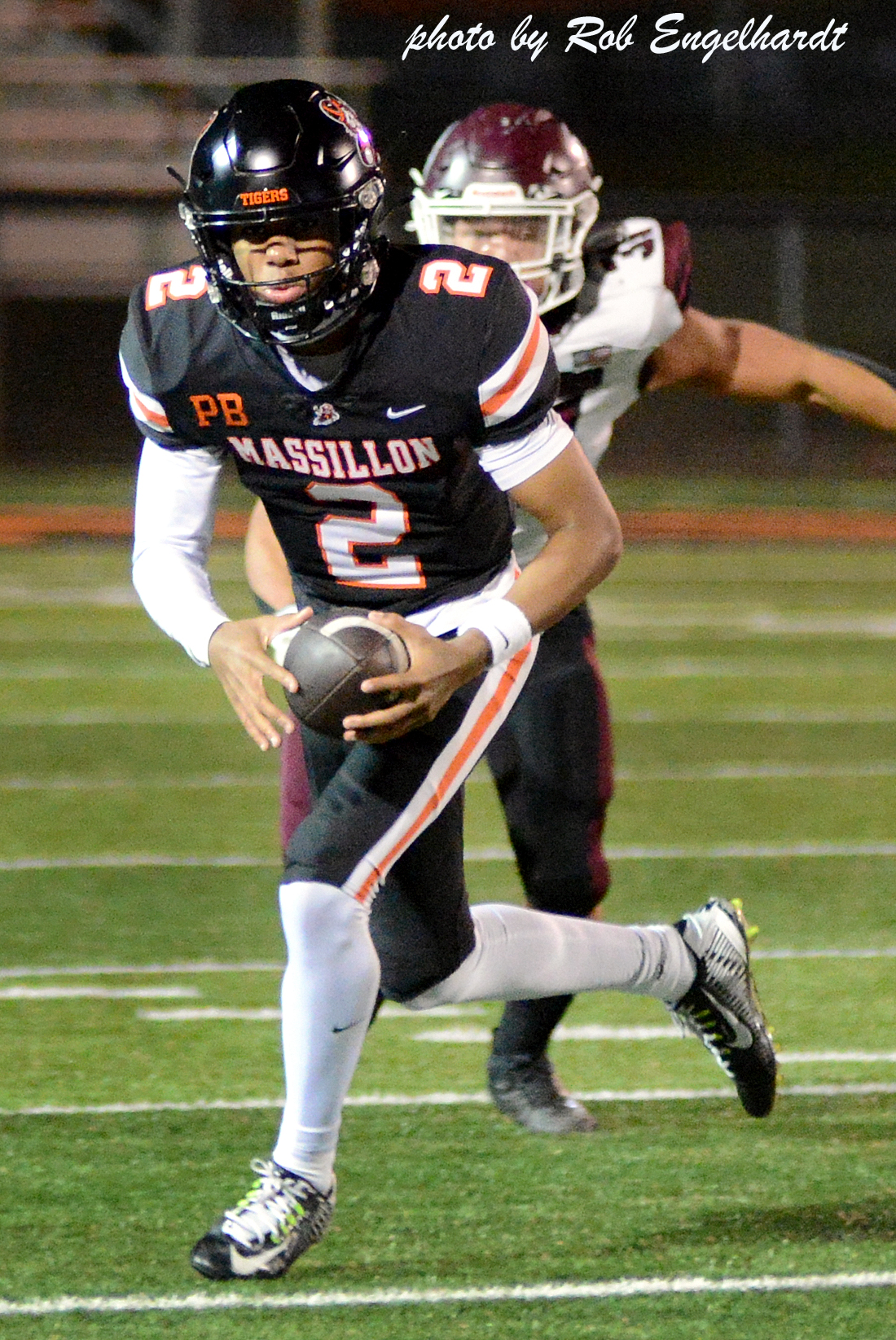 Single game completions (tie) – Slaughter had a career day in the 2024 season opener against NFL Academy-London, completing 29 of 44 passes for 403 yards and three touchdowns. Braylyn Toles caught nine of his passes and Ricardo Wells caught seven. Massillon won the game, 35-20.
Single game completions (tie) – Slaughter had a career day in the 2024 season opener against NFL Academy-London, completing 29 of 44 passes for 403 yards and three touchdowns. Braylyn Toles caught nine of his passes and Ricardo Wells caught seven. Massillon won the game, 35-20.- Single season yards per attempt and season pass efficiency – Although Slaughter played primarily a backup role in 2023, he still put up some impressive numbers. He completed 34 of 60 passes for 685 yards and nine touchdowns, setting records for 11.4 yards per attempt and a pass efficiency rating of 188.7. The Tigers finished 16-0 that year and captured the Division II state championship.
Zach Catrone (2018-20): 3 records
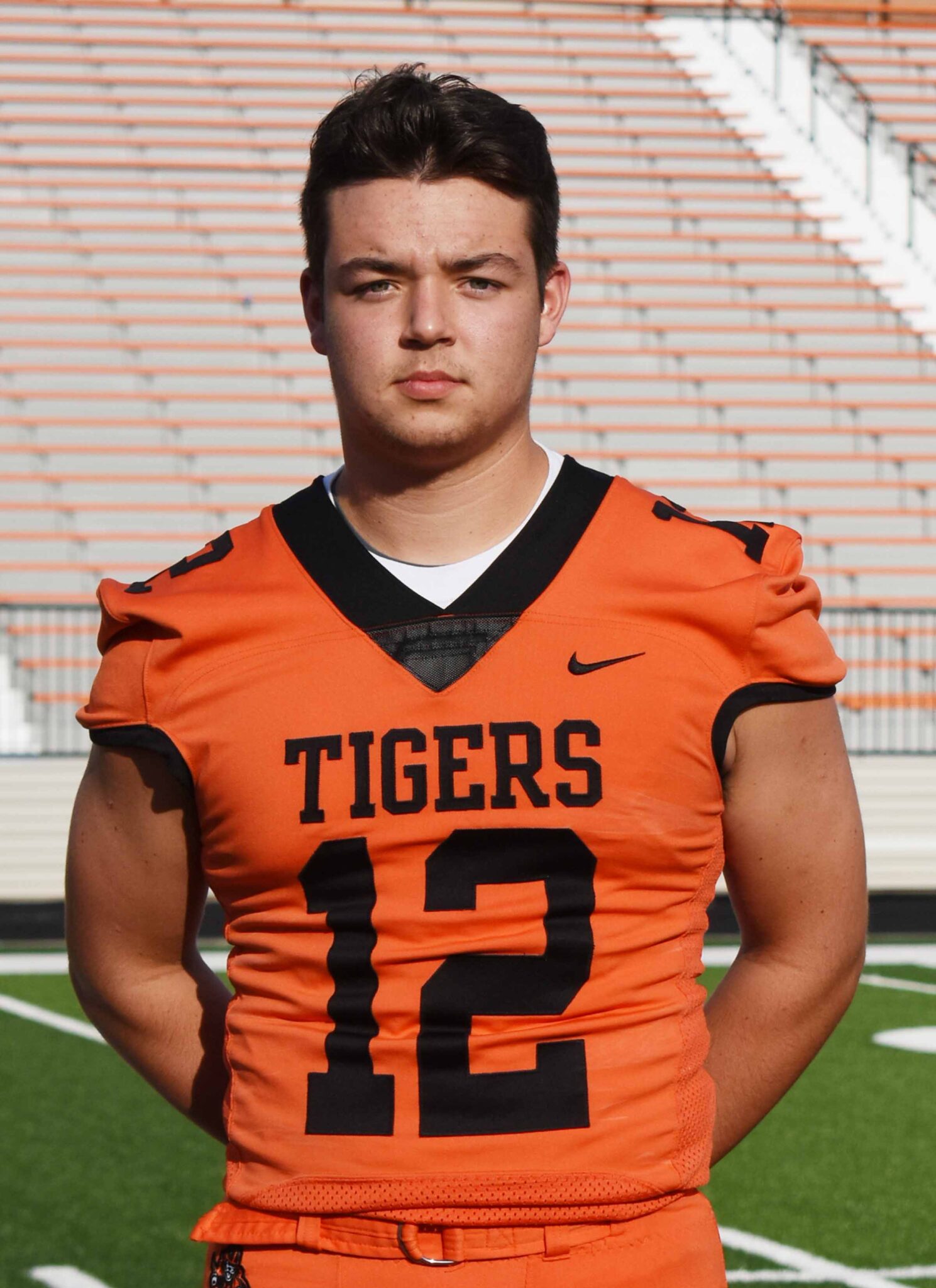 Single game yards per attempt, completion percentage and pass efficiency – Catrone led the Tigers in 2020 to the playoff state finals. His best outing came against Massillon Perry in the playoff regional finals, when he completed all ten of his pass attempts for 234 yards and three touchdowns. He set records for 100% pass completion, 23.4 yards per attempt and 395.6 efficiency rating. Seven of the passes and all three touchdowns went to Jayden Ballard, on tosses of 72 yards, 15 yards and 33 yards. Andrew Wilson-Lamp also caught a 72-yard TD pass. The Tigers won the game, 43-13.
Single game yards per attempt, completion percentage and pass efficiency – Catrone led the Tigers in 2020 to the playoff state finals. His best outing came against Massillon Perry in the playoff regional finals, when he completed all ten of his pass attempts for 234 yards and three touchdowns. He set records for 100% pass completion, 23.4 yards per attempt and 395.6 efficiency rating. Seven of the passes and all three touchdowns went to Jayden Ballard, on tosses of 72 yards, 15 yards and 33 yards. Andrew Wilson-Lamp also caught a 72-yard TD pass. The Tigers won the game, 43-13.
Dave Null (1959-60): 2 records
- Career yards per completion (tie) and yards per attempt – Null shared the quarterbacking duties in 1960 with John Larson, but still performed well when he was on the field, completing 15 of 28 passes for 299 yards and three touchdowns. Career records were set with 19.9 yards per completion and 10.7 yards per attempt. Massillon posted a final record of 10-1 and captured the large-school state championship.
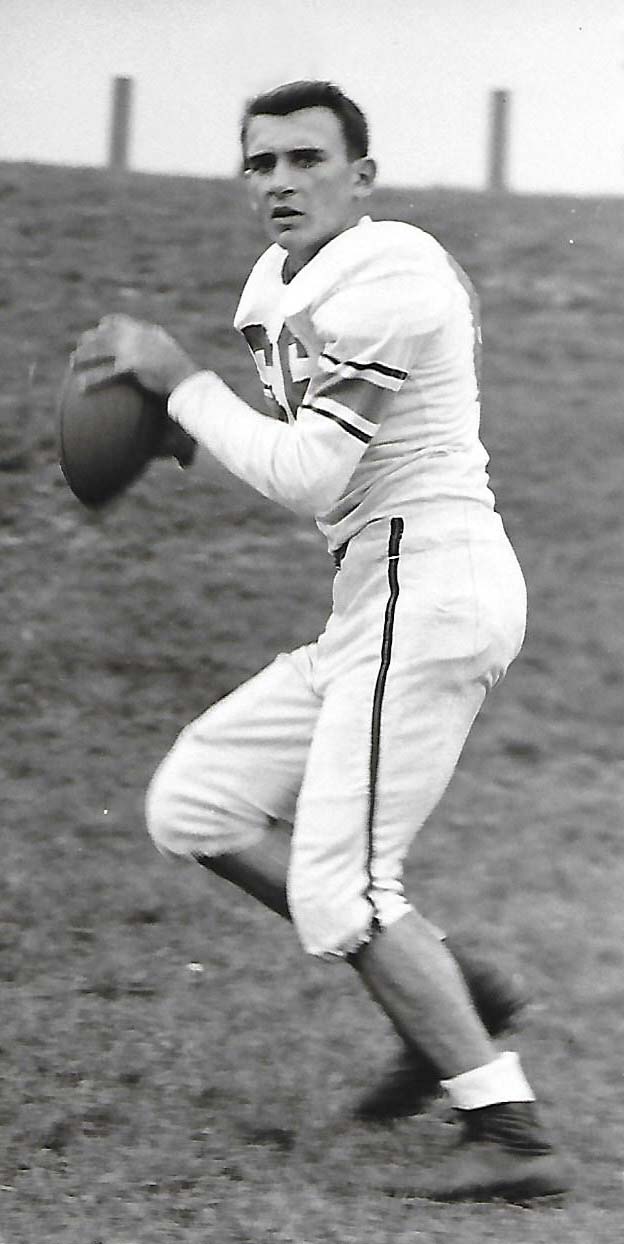 Joe Sparma (1957-59): 1 record
Joe Sparma (1957-59): 1 record
- Single season yards per completion – The future Ohio State starting quarterback completed 28 of 85 passes for 660 yards and 14 touchdowns, while setting a season record with 23.6 yards per completion. The Tigers in 1959 finished the year 10-0 and captured both state and national championships.
Anthony McCormick (2008-10): 1 record
- Career yards per completion (tie) – McCormack was a backup in 2010 to Kyle Kempt and thus played sparingly. But he did throw a sufficient number of passes to qualify for tying a record with 19.9 career yards per completion. His team that year finished with a 7-4 record.
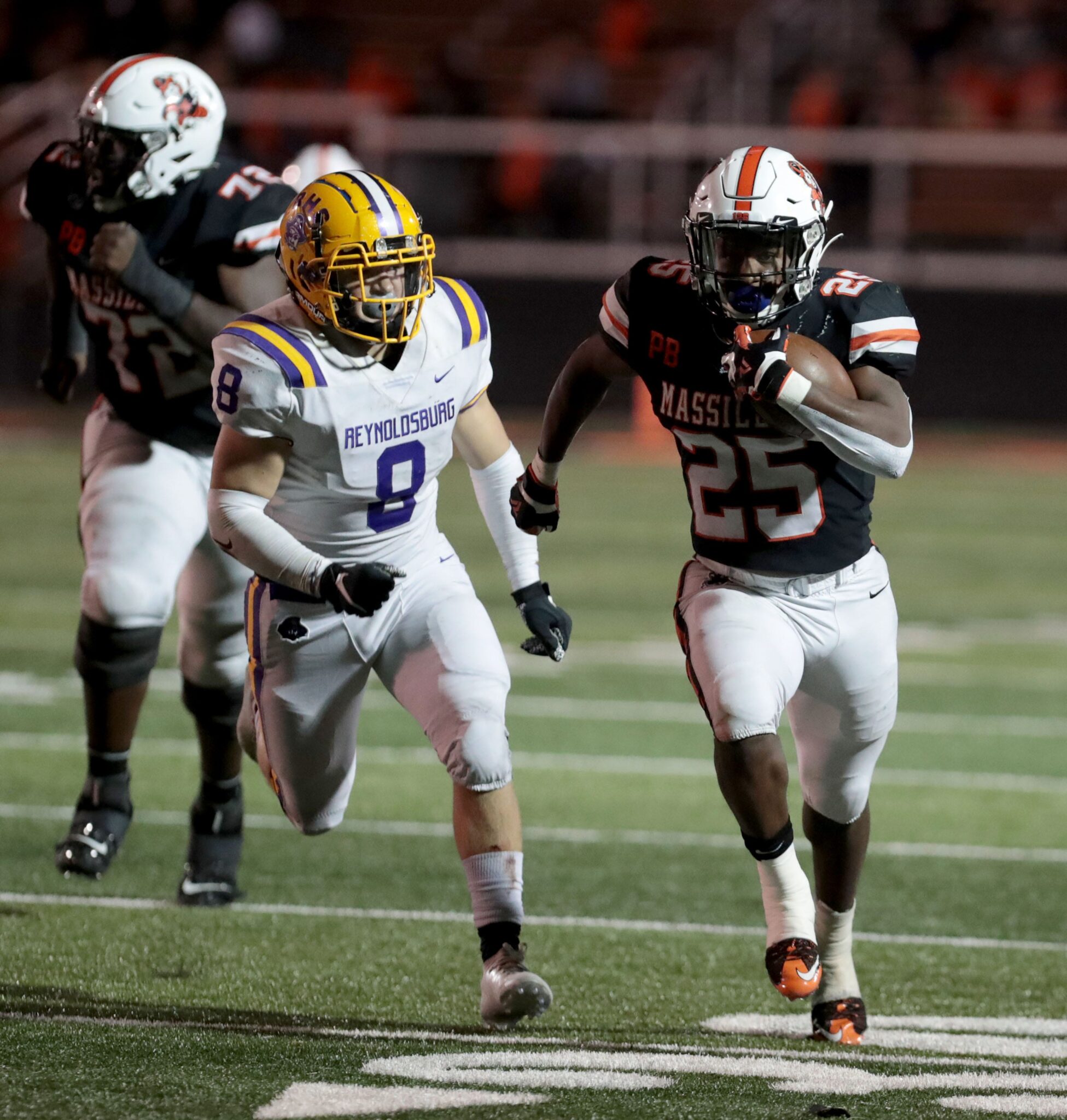
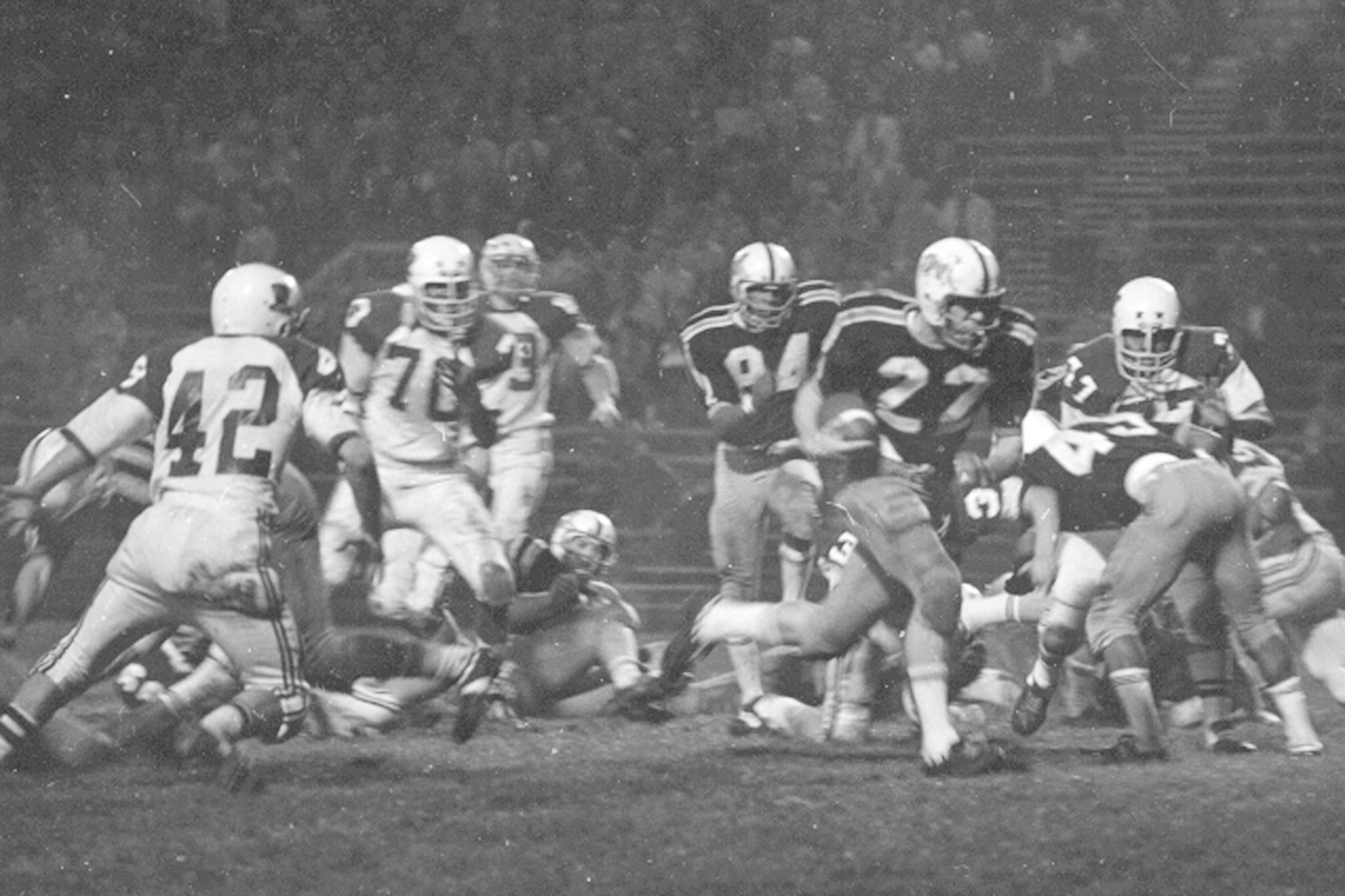
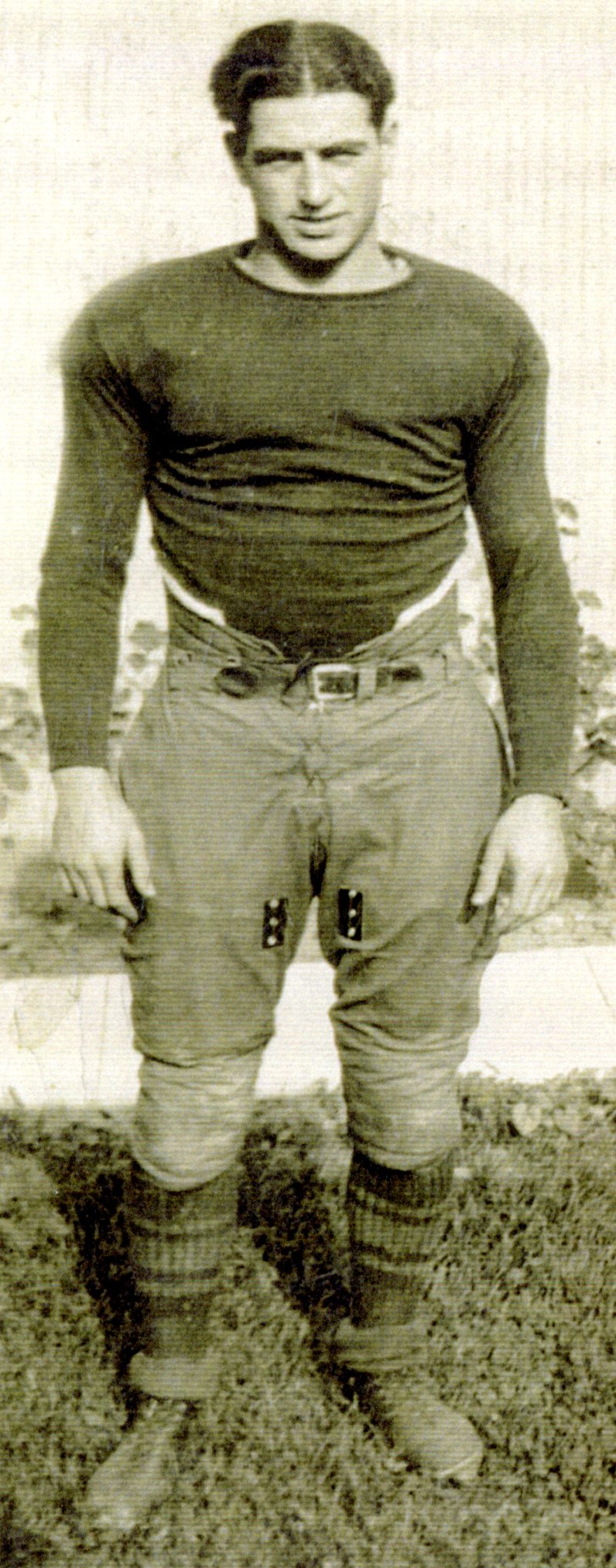

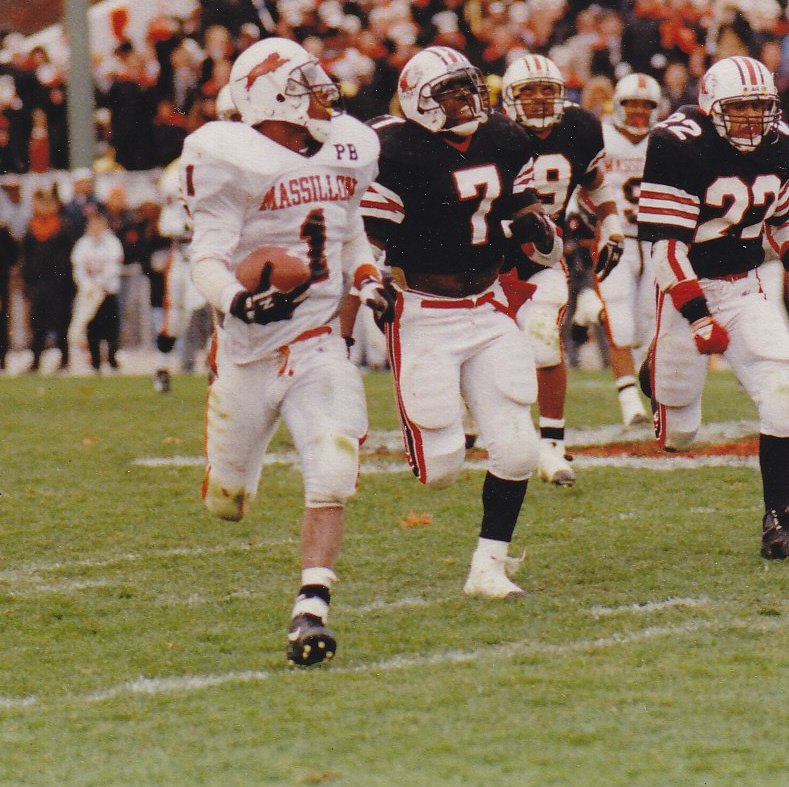
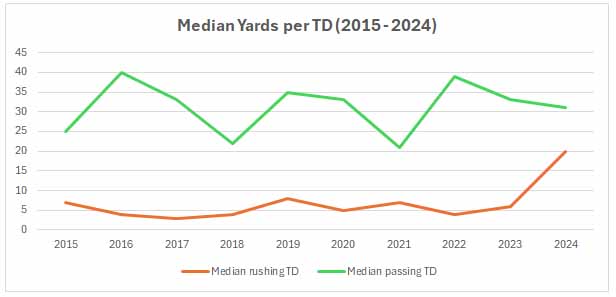
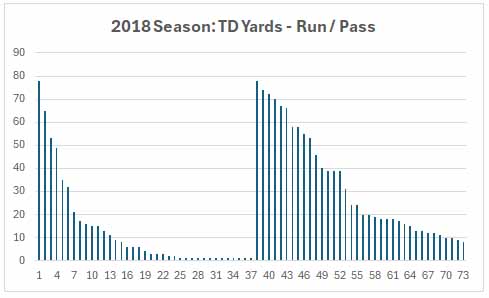
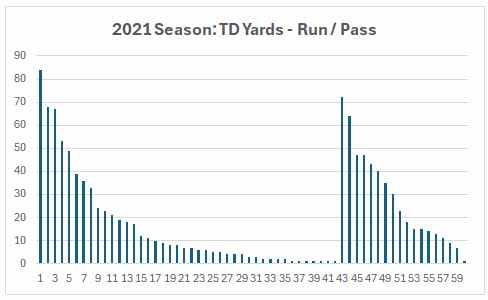
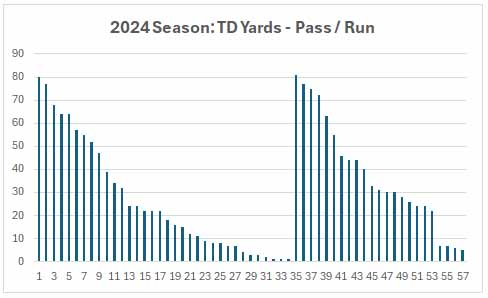
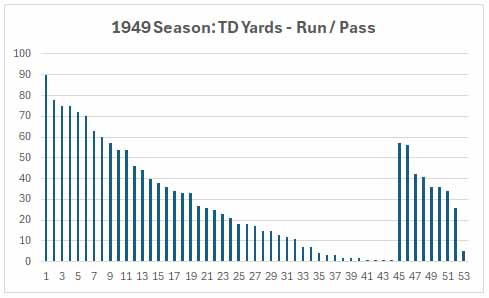
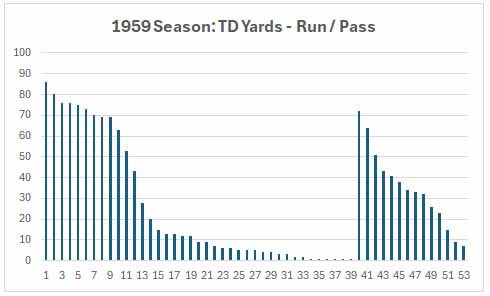
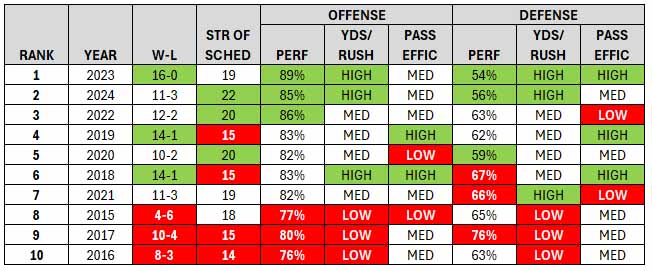
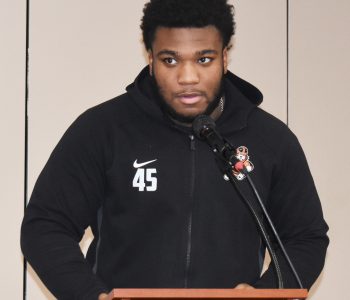
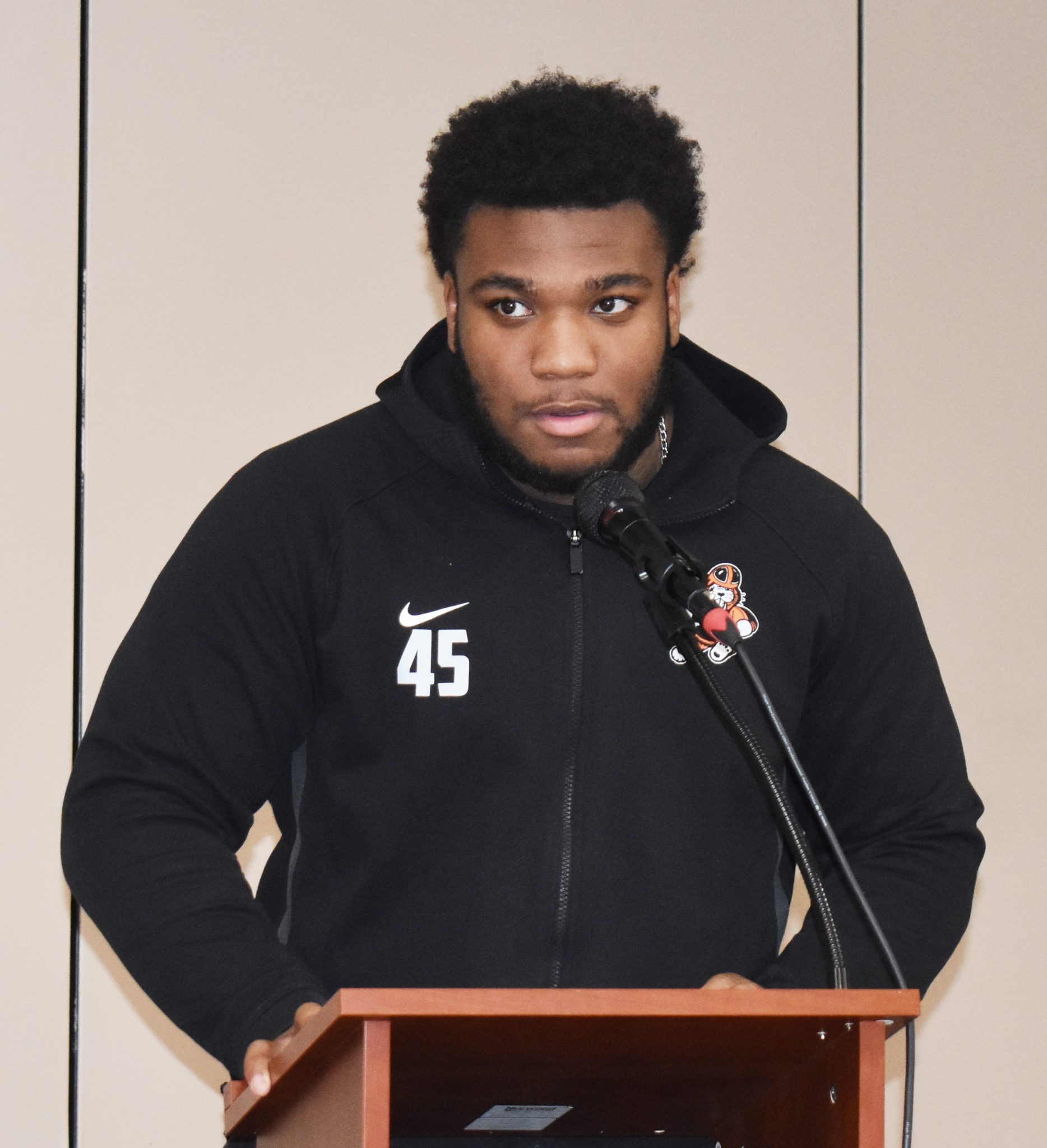 This year’s Hardnose Award winner is Michael Wright Jr., the Tiger defensive nose tackle who led his team to an 11-3 record and a spot in the playoff regional finals.
This year’s Hardnose Award winner is Michael Wright Jr., the Tiger defensive nose tackle who led his team to an 11-3 record and a spot in the playoff regional finals.